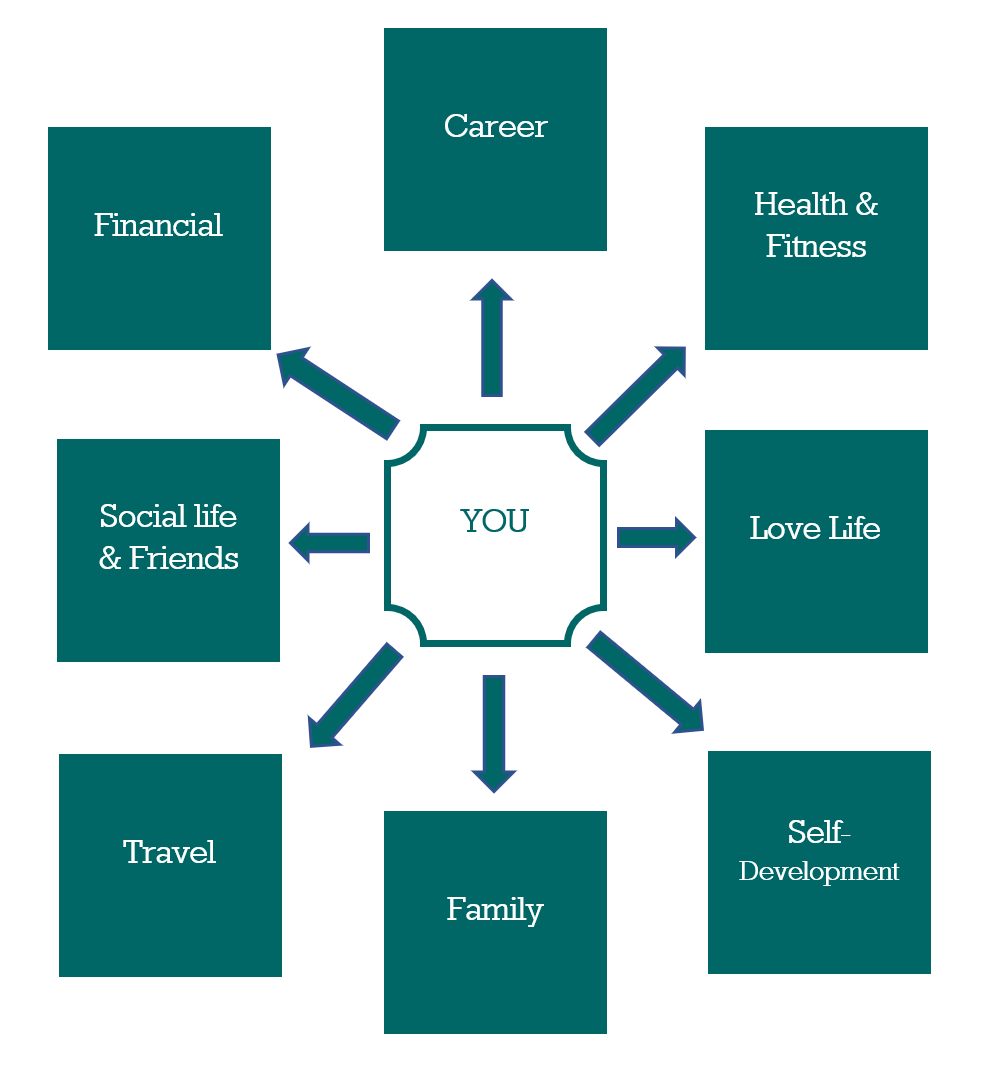Feeling lost? Vision boards can help you map out the future you desire
There is a misconception that if we spend time staring at pictures of our dream job, dream partner, dream house and dream adventures somehow the universe will magically gift you everything you want. But, vision boards simply prepare our brain to notice an opportunity. We have to take active steps to bring our pictures and words to life. A vision board without action is just a ‘wishing board.’
We create strategy’s, business plans and visions at work; why wouldn’t we do the same for our personal lives?
Most people get on the ‘river boat of life’ and just float aimlessly along, letting the river of tasks and other people pull them in a million different directions without being intentional about where they are going. Before you know it you’ll capsize under a waterfall that will appear out of nowhere in the form of a job loss, relationship break down or failing a university course.
Creating a vision board can help you to be the captain of your own raft and steer your boat to where you want to go.
What does the research say?
So, is there any evidence to suggest that vision boards actually work? According to Kappes and Oettingen (2011), fantasising about your ideal future will not help you achieve it because positive fantasies don’t give you the energy to go after what you want.
On the other hand, a study that focused on brain patterns in weight lifters (Ranganathan et al., 2003) found that patterns triggered when a weight lifter, lifted hundreds of kilograms were also triggered when they visualised the action of lifting hundreds of kilograms. In other words, we are more likely to bring our visualisations to life when we picture the actions we are going to take to achieve our goals. Navy Seals have been doing this for years in their underwater demolition training. Before they get into the water the successful ones imagine the action of untying their feet, or untangling their oxygen hose while being attacked.
How do I create an effective vision board?
1. Incorporate images of actions
· As well as an image of an ‘A’ on an assignment, add an image of the action you will take to reach that goal e.g. studying.
· As well as an image of a healthy body, add an image walking, sleeping or healthy food.
· As well an image of a close group of friends, add an image of listening, showing gratitude, playing sport or music.
· As well as an image of an Ipad or dream home, add an image of a savings account.
2. Organise your images
Many people splatter pictures randomly over their vision boards which can muddle our minds. We want our minds to be clear so spread your pictures out methodically in 3 to 9 categories. The more simple the better.
3. Place your board where you can see it
Hang it where you can see it every day to prompt and inspire you. You can also take a photo of it and use it as a screen saver on your phone.
You can create vision boards with your children or even your teams at work.
If you would like help mapping your future get in touch and see if positive change coaching is right for you.




